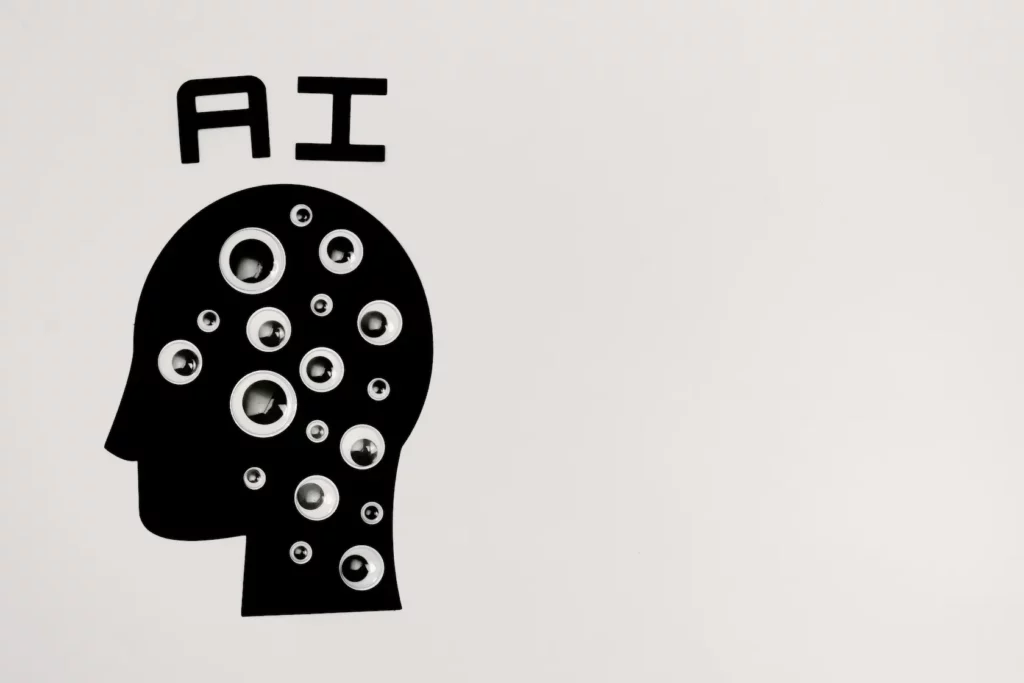
Artificial Intelligence and Algorithms
Our world is increasingly being shaped by Artificial Intelligence (AI) and Machine Learning. From smartphones and digital assistants to chatbots, social media websites, facial recognition, auto-navigation, robotics, security systems, and even products like robot vacuum cleaners – AI is ubiquitous. It’s a specific branch of computer science dedicated to replicating human thought processes and decision-making abilities through algorithms. There are various branches of AI, each designed for different purposes.
Machine learning, a subfield of AI, empowers computers to learn without explicit programming. It relies on data and algorithms to mimic human learning, progressively enhancing accuracy. Although AI operates on algorithms, they aren’t one-size-fits-all. They’re developed with diverse goals and methods. Algorithms are sets of well-defined steps or rules used in calculations or problem-solving operations to achieve predetermined results. They can be simple or complex based on their purpose. Importantly, algorithms are language-independent, meaning they can be implemented in any language with consistent results.
How do Algorithms Work?
According to the Greenlining Institute, algorithms first learn prediction rules by analyzing training data to discover patterns and relationships between variables. These insights form the basis for future decision-making rules. For instance, decision-making algorithms assess individual characteristics (age, income, zip code) to predict outcomes, like the likelihood of loan default. However, biased training data can lead to discriminatory patterns being replicated in future decisions.
Algorithmic Biases
Human choices in algorithm creation, without discriminatory intent, can introduce biases at three stages: input, training, and programming. Input bias occurs when the source data lacks information, is unrepresentative, or reflects historical biases. Biased algorithms create a feedback loop, perpetuating discrimination. For example, a biased lending data set may result in an algorithm charging higher interest rates to a specific demographic.
A critical decision in algorithm creation is framing the problem and defining the desired outcome. Subjective value judgments shape how concepts like productivity or creditworthiness are quantified. This outcome choice guides algorithm optimization and influences the data considered in decision-making. For instance, a credit card company optimizing for profit might engage in predatory behavior if the algorithm discovers subprime loans are profitable.
Algorithm designers also select inputs or predictor variables, potentially introducing bias if data favorability is skewed or subjective. For example, photo apps can incorrectly tag/identify individuals, advertising algorithms can exclude individuals from certain demographics, facial recognition software can pose gender detection discrepancies based on skin color, and so much more.
Relevant data inputs for accurate decisions may have protected attributes like race or gender, reflecting historical bias. Blindly using this data without considering systemic context can perpetuate discrimination in decision-making algorithms.
 Raj Mehta – Financial Education Instructor
Raj Mehta – Financial Education Instructor

